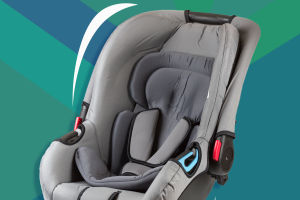The harvester is an integrated harvesting machine that harvests, threshes, and concentrates grain in a storage bin before conveying it to a transport vehicle via a conveyor belt.
You can also use manual harvesting, spread the straw of rice, wheat, and other crops in the field, and then use grain harvesting machinery to pick up and thresh.
Crop harvesting machinery is used for harvesting grains and straws of cereal crops such as rice and wheat, including harvesters, sun-cutting machines, bundling machines, grain combine harvesters, and grain thrashers.
Grain harvesters are developed based on all kinds of harvesting and threshing tools, and they have the characteristics of high working efficiency and strong mobility, which plays an important role in reducing farmers' labor intensity and promoting the increase of production and income. They are becoming increasingly favoured and relied on by farmers in agricultural production.
Automation and even intellectualization in the future are all kinds of operation and control systems of combined harvesters. By using electronic technology and information technology
The combine harvesters can realize precise adjustment, timely control, automatic operation, electronic monitoring and automatic compensation, to greatly improve the accuracy, quality and efficiency of mechanical operation until the unmanned operation is realized so that the combine harvester can be optimized.
It can greatly improve the technical performance and operation quality of the combined harvester, reduce the labour intensity of the manipulator, and improve production efficiency and economic benefit.
The key electronic fields are system model, power supply system, multi-channel information processing system, short-range control radar system and fault self-diagnosis. There are mainly the following kinds of harvesters.
1. Knapsack type.
The structure of the soft shaft drive is similar to that of the side-mounted cutting and irrigation machine, except that the engine is carried on the back of the operator, the cutting parts are driven by the soft shaft, and the engine power is generally 0.75 to 1.2 kilowatts.
The engine and the back frame are connected by two points and are equipped with special rubber parts for vibration isolation. The flexible shaft is a steel wire flexible shaft installed in the hose to transfer torque.
The hose is a threaded pipe wrapped in a metal braided mesh covered with a rubber cover to prevent dust from invading the shaft and maintain the lubricating oil on the shaft surface. The cutting width is generally between 1.5 and 2 meters.
2. Hand-held type.
The weight of the machine is supported by the walking wheel, the machine is driven by a man, and the working parts are driven by the engine for cutting and irrigation operations. Its structure and working principle are similar to those of portable cutting and irrigation machines.
The suspended harvester is suspended behind the tractor and is driven by the power output shaft to rotate the working parts, which is suitable for large-area cutting and irrigation operations.
It is mainly composed of a frame, saw blade, transmission device, suspension device and push plate, etc. During the cutting and irrigation operation, the tractor drives backwards at a speed of 5 km/h and can see shrubs with a diameter of 10 cm.
3. Horizontal type.
The utility model is composed of a plucking wheel, a front and rear canvas conveyor belt, a divider, a cutter and a transmission device, etc. During the operation, with the cooperation of the plucking wheel pressing plate
The reciprocating cutter cuts the crop and pulls it back on the canvas conveyor belt, which sends the crop to the left side of the machine.
Because the rear conveyor belt is longer than the front conveyor belt, the part of the ear head falls to the ground later, and the discharged straw is laid on the ground into a neat strip with a deviation angle with the direction of the machine so that it is convenient for manual picking and bundling.


